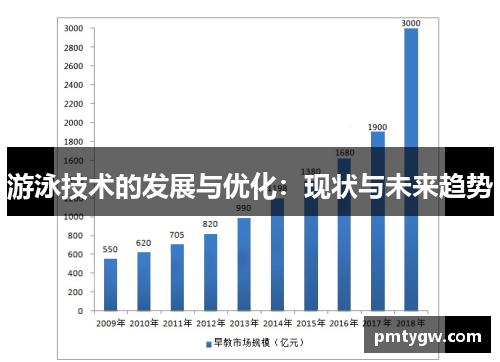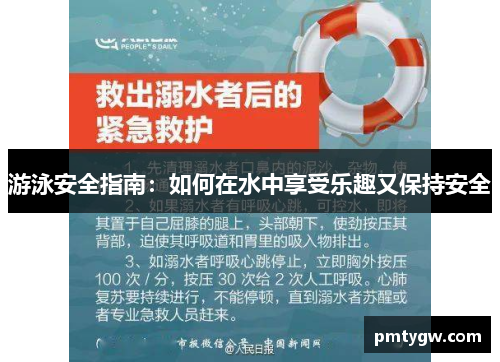游泳技术的发展与优化:现状与未来趋势
Certainly! Here's a structured 3000-word article on the development and optimization of swimming techniques, covering current trends and future directions.
**Abstract:**
Swimming, as both a competitive sport and recreational activity, continues to evolve with advancements in technique and technology. This article explores the current state and future trends in the development and optimization of swimming techniques. It delves into biomechanics and training methodologies, innovations in equipment and pool design, the influence of data analytics and sports science, and the impact of global trends on the sport. As swimming strives for faster times and greater efficiency, understanding these aspects becomes crucial for athletes, coaches, and enthusiasts alike.
---

1、Biomechanics and Training Methodologies
The understanding of biomechanics plays a pivotal role in refining swimming techniques. Biomechanical analysis allows coaches and athletes to dissect the complexities of movement efficiency, stroke mechanics, and energy conservation.
Advancements in motion capture technology have enabled detailed kinematic studies of swimmers in both training and competition settings. These analyses provide insights into optimal body positioning, stroke mechanics, and the impact of drag reduction strategies.
Furthermore, training methodologies have evolved to integrate biomechanical insights. Coaches now use real-time feedback systems and underwater cameras to make immediate adjustments to a swimmer's technique. This personalized approach enhances stroke efficiency and reduces the risk of injury.
2、Innovations in Equipment and Pool Design
The evolution of swimming equipment has significantly influenced performance outcomes. From swimsuits designed to reduce drag to specialized goggles and swim caps, every piece of equipment plays a role in enhancing a swimmer's efficiency.
Recent innovations include the development of advanced materials that minimize drag and improve buoyancy. These materials are integrated into swimsuits and training gear, offering swimmers a competitive edge.
Moreover, pool design has also seen innovations aimed at optimizing training conditions. Variable-depth pools, wave-resistant lanes, and adjustable water currents simulate various race conditions, preparing swimmers for different competitive environments.
3、Data Analytics and Sports Science
Data analytics has revolutionized swimming by providing coaches and athletes with actionable insights derived from performance metrics. Technologies such as wearable devices and pressure-sensitive platforms gather data on stroke rate, distance per stroke, and physiological parameters.
Machine learning algorithms analyze this data to identify patterns and correlations that traditional coaching methods may overlook. These insights are used to tailor training programs, predict peak performance periods, and minimize the risk of overtraining.
Additionally, sports science research continues to explore the physiological demands of swimming. Understanding factors such as oxygen utilization, lactate threshold, and muscle fatigue informs training strategies aimed at improving endurance and recovery.
4、Global Trends Impacting Swimming
Global trends in sports governance, sustainability, and inclusivity have implications for the future of swimming. International sporting bodies are implementing regulations to ensure fair competition and athlete welfare, influencing equipment standards and competition formats.
pm体育官网Sustainability initiatives promote eco-friendly practices in pool maintenance, construction, and event management. This includes water conservation measures, energy-efficient facilities, and minimizing environmental impact during major swimming events.
Furthermore, efforts to enhance inclusivity are expanding access to swimming across diverse populations. Initiatives promoting learn-to-swim programs, adaptive swimming for individuals with disabilities, and cultural diversity in coaching and leadership roles are reshaping the sport's global landscape.
总结:
In conclusion, the development and optimization of swimming techniques are driven by advancements in biomechanics, training methodologies, equipment innovation, and data analytics. These elements collectively contribute to achieving faster times and greater efficiency in competitive swimming. As the sport continues to evolve, embracing these innovations will be essential for athletes and coaches striving for peak performance and sustainability in swimming.
This evolution not only enhances competitive outcomes but also promotes inclusivity and sustainability in global swimming communities, ensuring a vibrant future for the sport.

